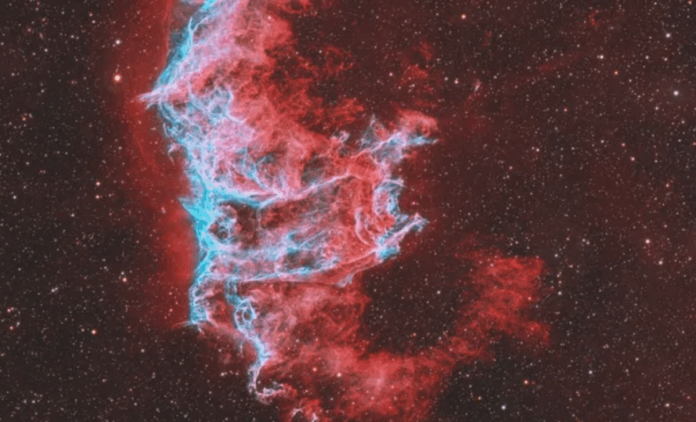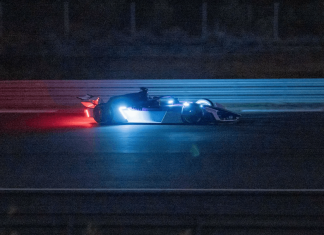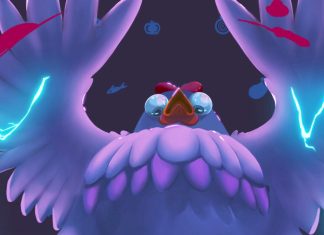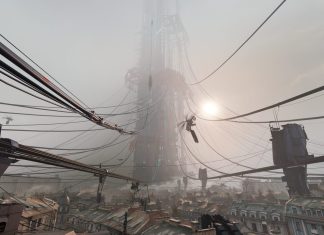A Dutch astrophotographer has unveiled a stunning portrait of the Eastern Veil Nebula, revealing the remnants of a colossal stellar explosion. The image, glowing from 2,100 light-years away in the constellation Cygnus, captures delicate filaments of interstellar dust and gas. Behind this celestial beauty lies a tale of patience, precision, and countless hours beneath unpredictable northern skies.
The Long Journey Of A Cosmic Explosion
When a star roughly twenty times more massive than our Sun reached the end of its life, it erupted in a violent supernova that scattered clouds of glowing gas and dust across space. The result, visible today as the Eastern Veil Nebula, forms part of a vast structure known as the Cygnus Loop. Dutch astrophotographer Cornelis van Zuilen devoted an extraordinary 35 hours of exposure to reveal the nebula’s intricate patterns of red and blue plasma, an effort reported by Space.com.
What makes the image remarkable is not only its scientific relevance but also the persistence required to achieve it.
“I’m from the Netherlands and we like to joke here that ‘summer is the best day of the year,’” van Zuilen told Space.com in an email. “It rains a lot, so being an amateur astrophotographer is quite a challenging hobby, it requires patience and good timing. Fortunately I live just outside the city in a Bortle 5 area, which really helps with capturing good data through my telescopes.”
Capturing Light From 8,000-Year-Old Stardust
Van Zuilen used an Askar 103APO refractor telescope paired with a ZWO ASI533MC Pro camera to collect faint light from the nebula. The Cygnus Loop’s tendrils of gas stretch across the sky like cosmic silk, and bringing them into view required extraordinary precision.
“The most challenging part of editing this image was bringing out the faint hydrogen alpha filaments in the northern region of the image,” explained van Zuilen. “That required careful processing with lots of stretching and noise reduction. It took nine nights to capture enough data to see the filaments clearly and a few more to process the final image, but in the end it was absolutely worth the effort.”
Each filament captured in van Zuilen’s final composition tells the story of a dying star that once burned far brighter than our Sun. Over thousands of years, shockwaves from that ancient explosion have continued to ripple outward, shaping the nebula into the luminous arc we now admire. For astronomers and sky enthusiasts, it is a breathtaking reminder that the universe is constantly recycling itself — from death comes light.

A Portrait Of Patience And Precision
Behind every frame lies an equation of timing, weather, and technical mastery. From his home near Heiloo, van Zuilen worked under the dim glow of Bortle 5 skies, balancing data acquisition over weeks of cloudy nights. The Netherlands’ unpredictable weather makes astrophotography nearly impossible at times, yet van Zuilen’s perseverance brought the faintest photons of the Veil Nebula into sharp relief.
His image is both art and science — a fusion of human curiosity and cosmic wonder. Each color channel, processed with painstaking attention, reveals the nebula’s chemical fingerprint: glowing hydrogen, ionized oxygen, and sulfur tracing the contours of a dying giant. His photograph not only captures a fragment of astronomical history but also underscores the resilience of those who chase light in the dark.







